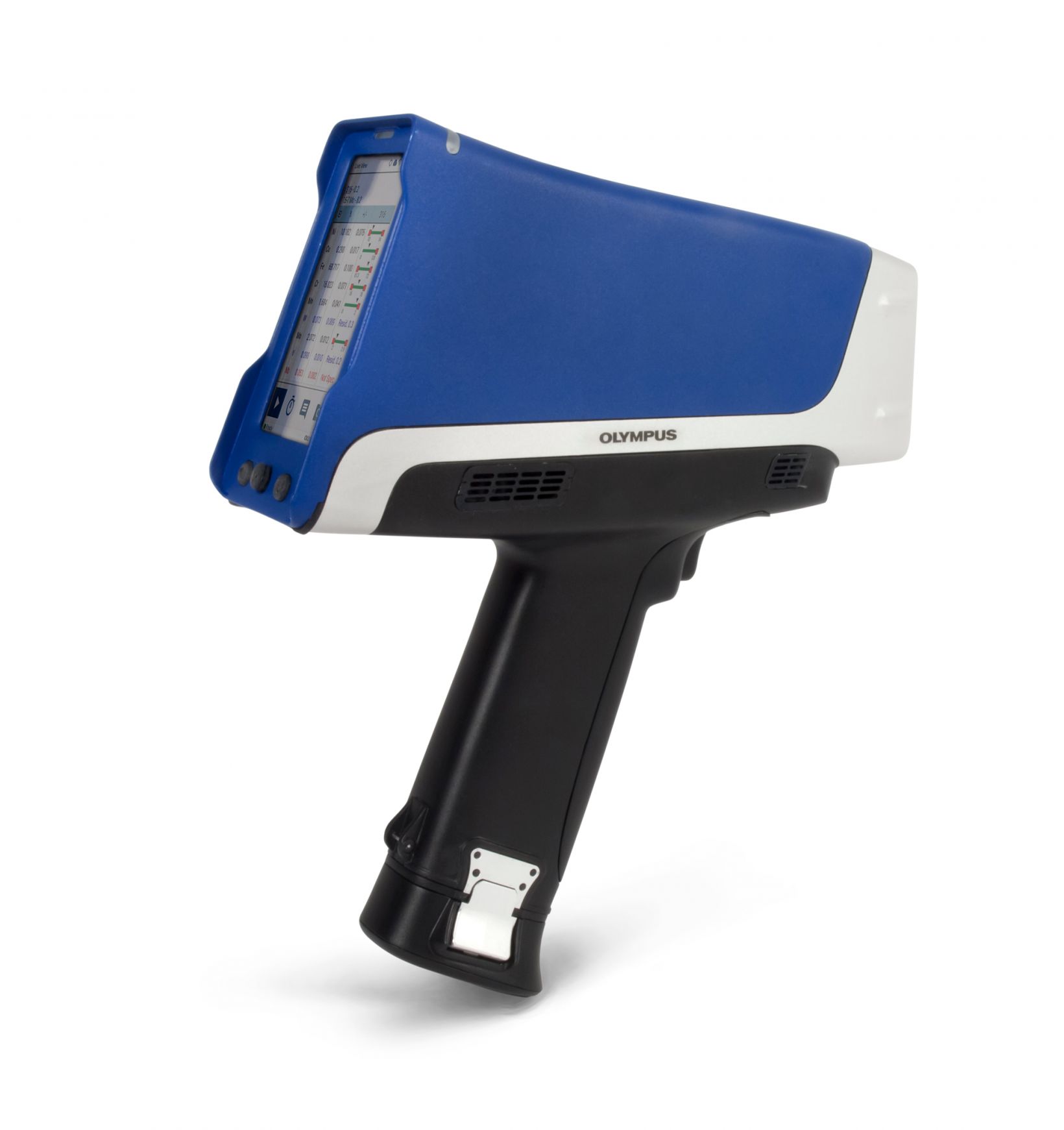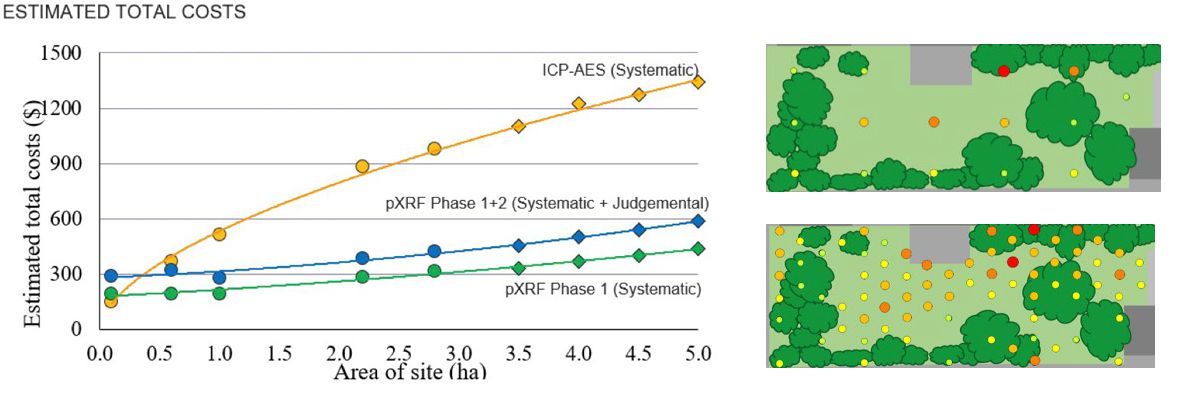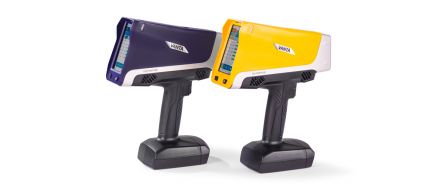Problem: Agricultural scientists and farming engineers struggle with soil testing programs that yield a low degree of compliance, resulting in false diagnosis. The main reason for this is because of the heterogeneity of agricultural lands and their vast surface areas, leading to the incorrect type of fertilizers being used to treat farms. Lab testing under the current guidelines only provides a low-resolution diagnosis of macro and micronutrients, as well as metal contamination on surfaces. Due to the higher cost, lab testing is limited to only one test per hectare.
Solution: Portable X-ray fluorescence (pXRF) analyzers offer a fast, effective soil testing technique and can increase testing resolution at no additional cost to farmers and consultants. While current lab testing practices provide one test per hectare, a handheld XRF can increase testing to one test per 10 meters, reducing sampling error by 97% (as shown in Marek et al).
Benefits of Vanta XRF Analyzers
Vanta handheld XRF analyzers enable you to analyze a range of materials quickly and nondestructively in the field. Benefits include:
IP54/IP55 rated: Withstands dirt, dust, and rain to protect against hazards in challenging environments
Determination of Macronutrients and Micronutrients
Plants require a balance of both macro and micronutrients. Macronutrients are nutrients that are required in larger quantities and comprise 95% of the plants’ biomass by weight on a dry matter. These include phosphorous (P), potassium (K), calcium (Ca), sulfur (S), magnesium (Mg), carbon (C), oxygen (O), nitrogen (N), and hydrogen (H). In comparison, micronutrients are required in much smaller quantities since they act as catalysts for macronutrient uptake. These include zinc (Zn), copper (Cu), manganese (Mn), iron (Fe), molybdenum (Mo), nickel (Ni), boron (B), and chlorine (Cl).
Ensuring the right quantities of macro and micronutrients is crucial for healthy plant growth and seed production. Applying macronutrients to soil that is deficient in micronutrients will lead to increased costs and could push the field beyond its rest limits.
The Vanta™ portable XRF analyzer can provide fast, accurate analysis for a range of macro and micronutrients at wt% and ppm concentrations as well as much higher sampling densities than permitted with traditional laboratory analysis. Access to accurate, real-time, and quantitative chemical analysis enables agricultural scientists to assess the need to apply fertilizers or micronutrient additives to their samples, as well as determine the required types.
Figure 1: The chart shows how Vanta pXRF can analyze more area at a reduced cost while increasing the sampling densities to suit the soil type.
Portable XRF for Evaluating Soil Contamination
The portable XRF technique is widely accepted by environmental protection agencies globally. pXRF analyzers are used to test for contamination of metals in soil, such as cadmium (Cd), lead (Pb), arsenic (As), mercury (Hg), chromium (Cr), and sulfur (S), all of which can be harmful to humans and plant life.

Figure 3: The graphs show a comparison between the Vanta pXRF and lab analysis data on ore samples and five types of soil. The data demonstrates that the pXRF can provide definite and conclusive soil chemistry.
Portable XRD for Fertilizer and Animal Feed
Olympus X-ray diffraction (pXRD) analyzers quickly provide quantitative compound analysis of fertilizer, animal feed, and soil both in the laboratory and field. The results can then be used by customs officials when assessing incoming fertilizer and animal feed to check that the composition matches the declaration, enabling them to confirm the correct taxes and duties have been applied.
Quantitative compound analysis is also important during the manufacturing of fertilizer and animal feed to allow midstream processing adjustments. Olympus pXRD technology can also aid in agricultural studies by providing baseline mineralogical studies of soil, since the information can be used by scientists to assess the quantity of the presence of potassium (K) and phosphorous (P) in an insoluble mineral phase such as illite and apatite.








